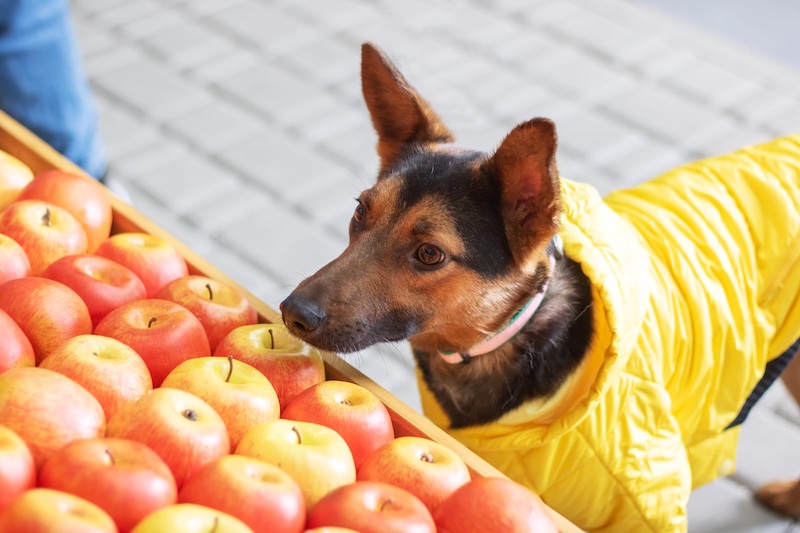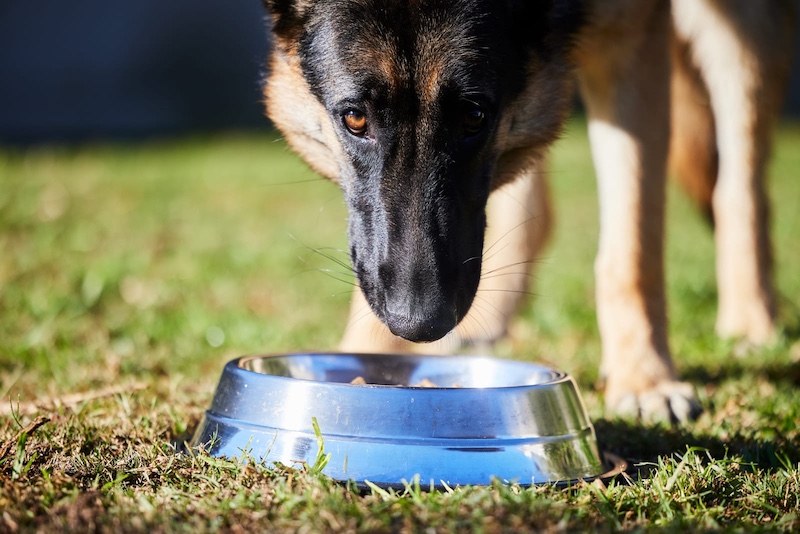Dogs experience the world through their senses, and just like humans, taste plays a role in how they interact with their food and surroundings. However, dogs’ taste buds are quite different from ours, leading to some surprising facts about how they experience flavors. Here are ten fascinating insights into the world of canine taste buds!
1. Dogs Have Fewer Taste Buds Than Humans

Humans have around 9,000 taste buds, while dogs have approximately 1,700. This difference means that dogs’ sense of taste is not as developed as ours, which is one reason they tend to eat things we might find unappetizing—they simply aren’t as sensitive to certain flavors.
2. Dogs Can Taste Sweet Flavors

Unlike cats, who can’t taste sweetness, dogs actually have a taste receptor for sweet flavors. This may explain why some dogs are drawn to fruits like apples, strawberries, or watermelon, which contain natural sugars that appeal to their sweet taste receptors.
3. Dogs Taste Meat Better Than Other Flavors

Dogs have a heightened sense of taste specifically for meat. Being descendants of carnivores, their taste buds are particularly attuned to savoring meat, which is why many dogs prefer protein-rich foods and will usually pick out meat over vegetables or grains.
4. Dogs’ Sense of Smell Enhances Their Taste

Dogs rely heavily on their sense of smell to enhance their tasting experience. In fact, they’re so smell-focused that a lot of the “flavor” of their food comes from how it smells. This is why dogs are often more interested in foods that are strongly scented and why you might see them sniffing before they eat.
5. Dogs Don’t Taste Salt the Same Way We Do

Dogs have fewer salt receptors than humans, meaning they don’t crave or seek out salty foods like we do. This is because, in the wild, their diet naturally includes enough sodium from the meat they consume, so they didn’t evolve to have a high demand for salt.
6. Bitter Tastes Are a Warning for Dogs

Dogs are naturally sensitive to bitter flavors, which likely serves as a defense mechanism. In the wild, many toxic plants and substances taste bitter, so their sensitivity to this flavor helps them avoid potentially dangerous foods. This also explains why some dogs may reject certain bitter medications or supplements.
7. Puppies Develop Taste Buds in the Womb

Puppies start developing taste buds while they’re still in their mother’s womb! This early development means that by the time they’re born, they already have some ability to taste. However, their taste buds continue to evolve and refine as they grow.
8. Dogs Have Taste Buds for Water

One unique feature of dogs’ taste buds is that they can specifically taste water. These water-sensitive taste buds are located at the tip of their tongue and are more sensitive after they’ve eaten something salty or sugary. This adaptation may help encourage dogs to stay hydrated, especially after eating.
9. Temperature Impacts How Dogs Taste Their Food

Dogs prefer their food at room temperature, which is closer to the temperature of freshly caught prey in the wild. Cold foods or overly hot foods might be less appealing to dogs because the temperature affects how they taste and smell the food. Many dogs show more enthusiasm for warm meals compared to cold ones for this reason.
10. Dogs Use Taste to Explore the World

Dogs, especially puppies, use their mouth to explore the world around them. While it’s their sense of smell that leads them to different objects, taste helps them determine whether something is worth eating. This is why they may “sample” objects that aren’t food—they’re trying to gather more information about their environment. Please Note: This content was created with the assistance of AI and thoroughly edited by a human before publishing.

